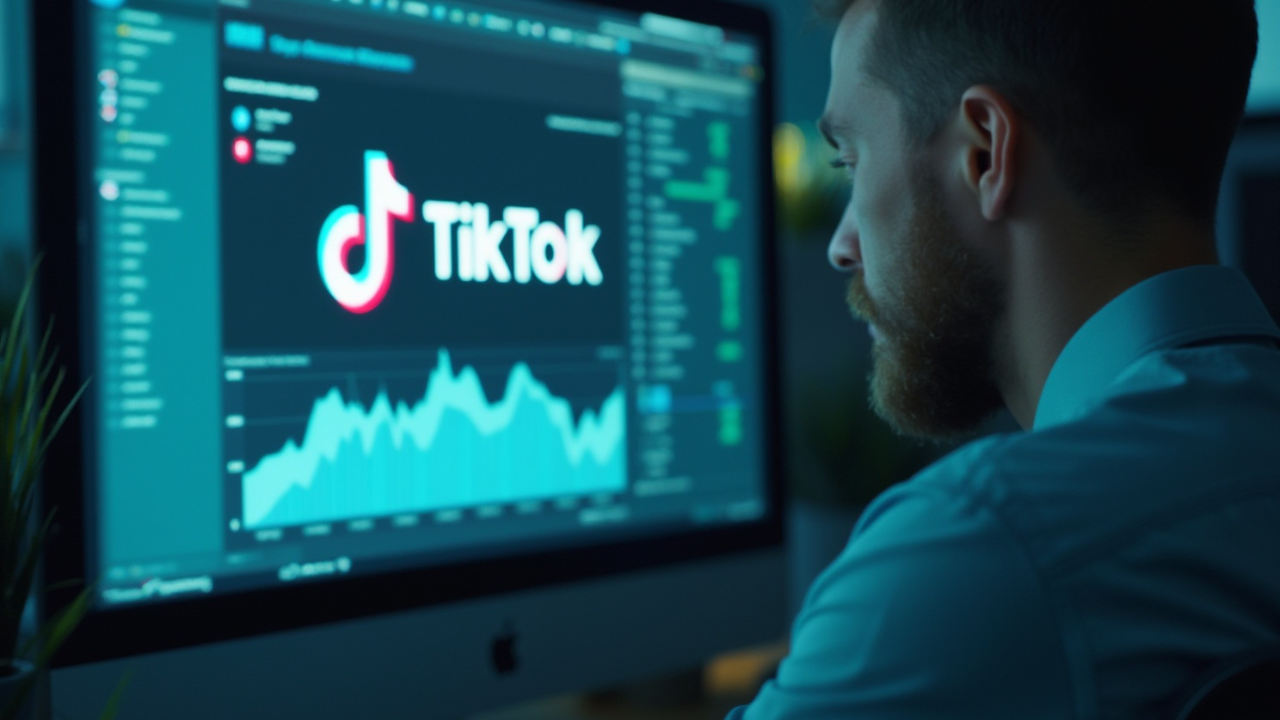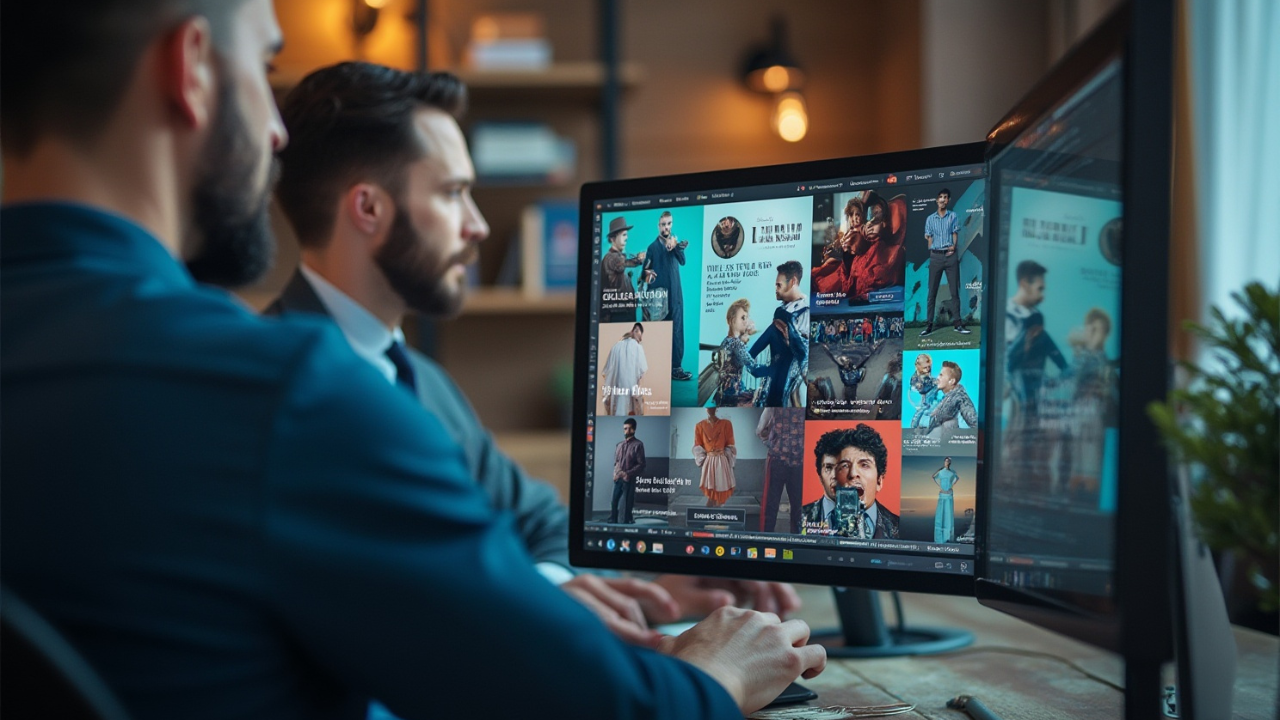
Verified and Trustworthy: Understanding Paid Verified Badge on Social Media
Twitter unveiled a new feature in November 2022: Twitter Blue. Several weeks later, Meta announced it would launch a Verified Badge as well. What is the buzz surrounding these badges? Let us explore what a verified badge is and why businesses should have them.
What Is a Verified Badge?
A verified badge is a special icon or checkmark displayed next to the name or profile of an individual or organization on social media platforms, websites, or apps. It is used to confirm that the account is authentic and belongs to the person or entity it claims to represent.
With the launch of the new feature, the Verified Badge badge becomes an authentication badge. A badge request must be accompanied by official documents and payment. Twitter, Meta, and Instagram will need some time to review those accounts.
How Much Are Verified Badges, and What Do They Include?
Prices vary across social media platforms:
Twitter Blue is $8/month on web, and $11/month for those who sign up on iOS. Rates will be converted directly according to each country's currency. Verified users and accounts can edit tweets, upload longer and higher-quality videos, and see fewer ads. In addition, Twitter will prioritize tweets from verified accounts in terms of visibility. To distinguish between businesses and individuals, Twitter's Blue feature uses colored badges. Business badges will be gold, while individual badges will be gray.


Meta Verified costs $14.99/month for iOS and Android, or $11.99/month through the web. Currently, it is only available to individuals aged 18 or above in the United States, Australia, and New Zealand, however, it will roll out for other countries and businesses soon. Exclusive features for Meta Verified include:
- Impersonation Monitoring: Keeping an eye on accounts to detect any attempts at impersonation.
- Verification Badge: Obtaining a badge after submitting a government-issued ID for account verification.
- Real-time Chat Support for Customers: Access to real-time customer support.
- Special Features: Access unique features such as stickers on Facebook and Instagram stories, and Facebook Reels.
- Enhanced Reach and Visibility: Currently undergoing trials in Australia and New Zealand, this benefit increases exposure in search results, comments, and recommendations.
What Impact Did This New Policy Have on People Who Already Had a Blue Badge?
Meta has decided not to alter the verified status of those who had it prior to the new feature's implementation. Twitter, however, decided to remove verification from for those who were verified through their legacy verification program. Meaning that only Twitter Blue accounts are verified moving forward.
Verification Badges: Why Do Businesses Need Them?
Authentication badges are becoming increasingly popular among businesses, as they give a stamp of credibility to their online presence. These badges are also an indication that a business has been verified by a third party. This can help to establish credibility with potential customers, who are often wary of scams and fraudulent businesses online. Verification badges can also serve as a point of differentiation from competitors who do not have the same level of verification. Overall, verification badges can be a valuable tool for businesses looking to build their online reputation and establish trust with their customers.
More Blogs



Let us build your acquisition engine
Our Founder will personally propose a custom media plan to crush your KPIs.
















